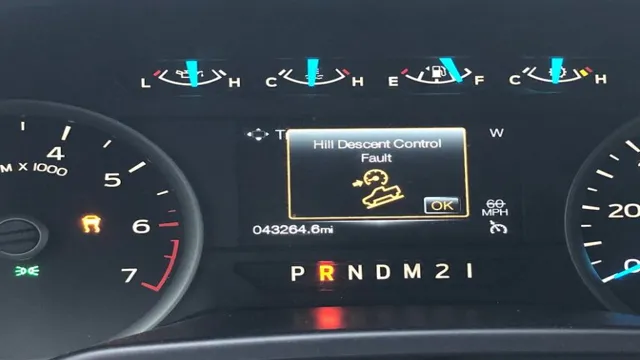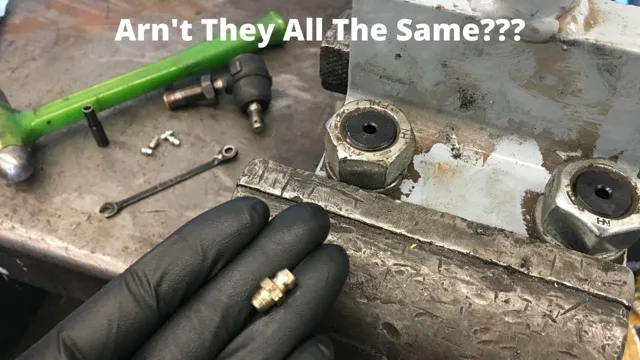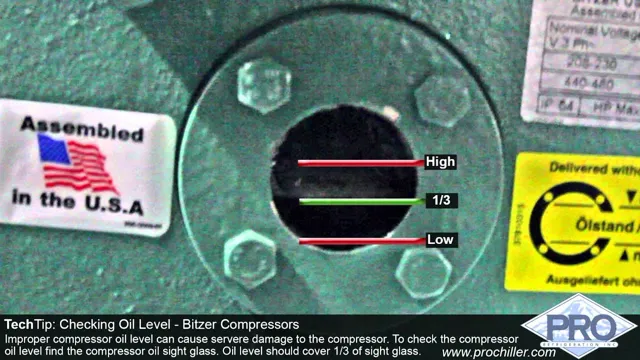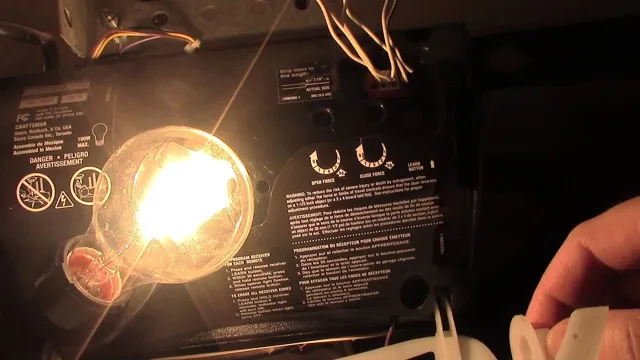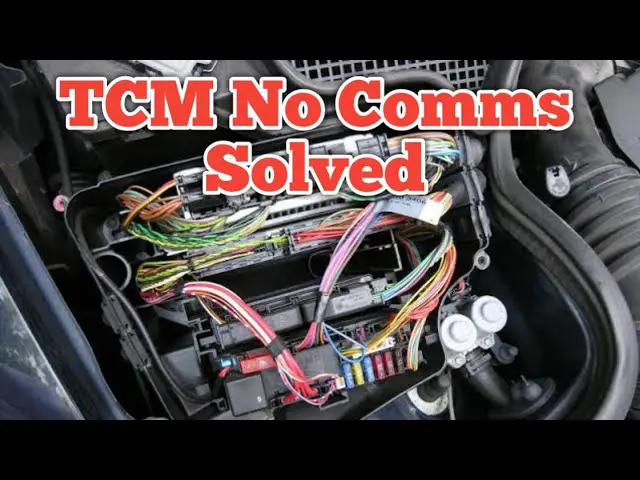Master the Hill Descent Control Fault: 5 Easy DIY Tips to Fix the Issue
Have you ever encountered a problem with your hill descent control system while driving off-road? It can be frustrating and even dangerous to have your vehicle’s hill descent control faulty, but luckily, there are steps you can take to fix it. Hill descent control is a safety feature that helps drivers maintain control and stability while driving down steep or slippery hills. So, if it’s not working correctly, it could be risky.
In this blog, we’ll go over some common causes of hill descent control faults and some practical solutions to fix them.
What is Hill Descent Control?
If you’re wondering how to fix a hill descent control fault, you first need to understand what hill descent control is. Hill descent control is a feature that helps you safely navigate steep inclines by automatically controlling your vehicle’s speed. When enabled, the system uses ABS brakes to apply light braking pressure to the wheels as you descend a hill, allowing you to focus on steering your vehicle rather than worrying about maintaining your speed.
An error message indicating a fault with this system can occur due to a variety of reasons, such as a malfunctioning sensor or an electrical issue. If you encounter this issue, it’s best to take your vehicle to a trusted mechanic who can diagnose and fix the problem professionally. Trying to fix this problem on your own can be dangerous and may cause damage to your vehicle.
Definition and Purpose
Hill Descent Control (HDC) is an advanced feature in modern vehicles that assists drivers in maintaining safe driving speeds while descending steep or uneven terrains. It is designed to help the driver focus on steering while ensuring that the vehicle maintains a smooth and steady descent. The HDC system uses the vehicle’s anti-lock braking system to adjust the speed when going downhill, ensuring that the wheels do not lock up and lose traction.
The purpose of HDC is to provide drivers with a sense of safety and control when driving on steep slopes, preventing the vehicle from sliding or skidding. This system is especially useful when driving off-road or in mountainous areas where steep inclines and declines are common. With HDC, drivers can safely navigate treacherous terrain with confidence, knowing that the vehicle’s advanced technology has got their back.
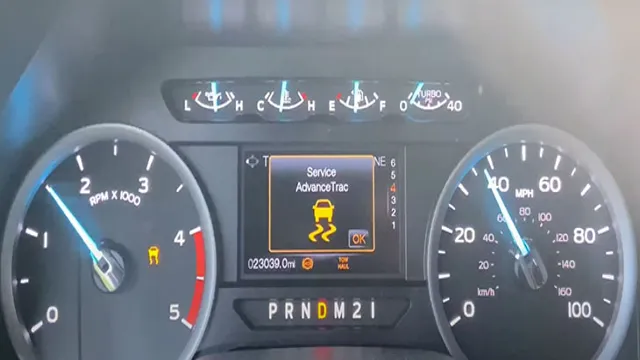
Symptoms of a Hill Descent Control Fault
If you’re experiencing a hill descent control fault, there are several symptoms you may notice while driving. One of the most noticeable signs is that your vehicle may have difficulty maintaining speed while going downhill, which can be particularly dangerous. Additionally, you may notice that your brakes don’t respond as expected when you try to slow down or stop.
This can be a very serious issue, especially if you’re driving on steep or winding roads. So, how do you fix a hill descent control fault? The first step is to identify the underlying cause of the problem. Sometimes, the issue can be resolved by simply resetting the system.
However, in other cases, you may need to replace a faulty sensor or other component. It’s always a good idea to consult with a trusted mechanic who can diagnose the problem and recommend the best course of action. In any case, it’s essential to address a hill descent control fault as soon as possible to ensure your safety on the road.
Warning Signs to Look Out For
Hill Descent Control (HDC) Fault If you’re an off-road enthusiast, you know the importance of a functional Hill Descent Control (HDC) system. This system helps regulate the speed of your vehicle as you descend steep slopes. However, like any other electronic system, your HDC can fail.
Here are some signs of a HDC fault: One obvious sign is a warning light on your dashboard. If you see this, it’s essential to get it checked as soon as possible. Another sign is that the HDC system may not activate at all.
This could be due to a malfunctioning sensor or a faulty wiring system. Keep an ear out for unusual noises when using your HDC. These can include grinding or whining sounds when the system is in use.
If you experience these symptoms, taking your vehicle to a qualified mechanic for a thorough check-up is the best course of action to ensure your HDC system is working correctly.
Causes of a Hill Descent Control Fault
Hill descent control is an essential feature in modern vehicles that helps drivers stay in control while driving on steep hills. However, a hill descent control fault can occur, causing the system to malfunction. One of the main causes of this fault is a sensor malfunction, which can happen when the sensor becomes faulty or gets dirty.
This can result in the system losing its ability to accurately monitor the vehicle’s speed and adjust the braking accordingly. Another common cause is a faulty wiring harness or corroded connectors, which can cause intermittent connectivity issues and result in a fault. If you suspect a hill descent control fault, it’s recommended to take your vehicle to a professional mechanic for diagnostics and repair.
They can quickly identify the root cause of the issue and provide the best possible solution to fix it. Remember, driving with a hill descent control fault can be dangerous, so it’s crucial to get it repaired as soon as possible to ensure your safety on the road.
Possible Reasons for Malfunction
If you’re experiencing a Hill Descent Control fault, it can be an unsettling feeling, especially if you’re in the middle of navigating treacherous terrain. There are several possible reasons why your HDC system may be malfunctioning, including electrical issues, sensor problems, or damage to the system’s components. Faulty wiring can disrupt the signal from sensors, preventing the HDC from functioning correctly.
Similarly, if a sensor becomes damaged or is sending inaccurate data, it can cause the system to register a fault. Physical damage to the components of the HDC system, such as the control module, may also lead to a malfunction. It’s important to address these issues promptly, as a malfunctioning HDC system can compromise your safety when driving on steep inclines or declines.
Solutions for a Hill Descent Control Fault
If you encounter a hill descent control fault, don’t panic, as there are solutions to fix it. A hill descent control fault is a common issue that can be caused by a range of factors, such as a malfunctioning sensor or a software glitch. One of the simplest solutions is to turn your vehicle off and then on again, as this may reset the system and clear any faults.
Another solution is to check if there are any loose connections or damaged wires, as these can also cause a fault. If the issue persists, it is best to take your vehicle to a qualified technician who can diagnose and fix the fault. By taking proactive measures, you can ensure that you maintain optimal safety and performance when driving on steep hills or rough terrains.
Remember, safety always comes first, so don’t hesitate to seek professional help if needed.
Steps to Fix the Fault Yourself
If you’re experiencing a hill descent control fault, there are a few steps you can take to fix it yourself. First, check the fuse box and replace any blown fuses that may be causing the issue. If that doesn’t work, try resetting the system by disconnecting the car battery for a few minutes.
When you reconnect the battery, the system should reset and the fault may be cleared. If neither of these solutions work, it’s best to take your car to a professional mechanic who can diagnose and fix the issue properly. Don’t let a hill descent control fault go unchecked – it’s an important safety feature that should always be working properly.
When to Seek Professional Help
If you’re experiencing a hill descent control fault, it might be time to seek professional help. This type of fault can occur due to a number of reasons, such as electrical issues or problems with the vehicle’s sensors. It’s important to have a skilled technician diagnose the problem, as attempting to fix the issue yourself could cause more harm than good.
Professional help can provide you with a range of solutions to fix the issue, such as recalibrating the system or replacing faulty components. With the right expertise, your hill descent control system can be up and running smoothly in no time, ensuring your safety and peace of mind on your next off-road adventure. So, if you’re experiencing a hill descent control fault, don’t hesitate to seek professional help to get the problem resolved.
Conclusion
In conclusion, fixing a hill descent control fault requires a careful and methodical approach. First, it’s important to diagnose the issue to determine if it’s a mechanical or electrical problem. Next, you can try resetting the system or checking and replacing any faulty sensors or wiring.
And finally, don’t be afraid to seek out professional help if needed. Remember, safety is key when it comes to driving on uneven terrain, so taking the time to properly fix your hill descent control will give you peace of mind on your next off-road adventure. As they say, it’s better to be safe than stuck on a hill!”
Benefits of a Well-Functioning Hill Descent Control System
Hill descent control is a crucial system in modern vehicles, designed to help drivers navigate steep descents with ease, minimizing the risk of accidents. A well-functioning hill descent control system offers several benefits, such as improved safety, reduced driver fatigue, and increased vehicle control. However, when this system malfunctions, the consequences can be dire, resulting in potential safety hazards for the driver and passengers.
The good news is that there are solutions available for a hill descent control fault. If you notice any warning signs, such as illuminated warning lights or abnormal noises, it’s important to have your vehicle inspected by a trained technician. They can diagnose the issue and provide you with the necessary repairs or replacement parts.
Don’t ignore the problem if you notice it, as it could lead to an accident or system failure when you need it most. With proper maintenance and timely repairs, your hill descent control system can continue to function efficiently, enabling you to drive with confidence in any terrain.
FAQs
What is Hill Descent Control (HDC) and how does it work?
HDC is a feature in cars that helps drivers maintain a steady speed while driving downhill by automatically applying the brakes. When activated, the car’s onboard computer uses sensors to detect the slope of the hill and adjusts the vehicle’s speed accordingly.
What are some common reasons why the Hill Descent Control (HDC) system may malfunction?
Some common reasons why HDC may malfunction include dirty or faulty sensors, issues with the vehicle’s stability control system, or a malfunctioning brake system. Electrical faults in the wiring, damaged fuses, and issues with the vehicle’s battery or charging system can also cause HDC to stop functioning properly.
Can I continue to drive my car if the Hill Descent Control (HDC) light comes on?
While it is possible to continue driving your car if the HDC light comes on, it’s important to have the system checked by a mechanic as soon as possible. HDC may not function correctly and this can increase the risk of accidents, particularly when driving on steep or uneven terrain.
How can I fix a Hill Descent Control (HDC) fault?
The solution to a HDC fault depends on the cause of the issue. If it is a sensor or wiring problem, these components may need to be repaired or replaced. A mechanic may need to diagnose the problem with specialized equipment. In some cases, a software update or calibration may also be required. It’s essential to have a qualified mechanic diagnose and fix the fault to prevent accidents and ensure the car is safe to drive.

